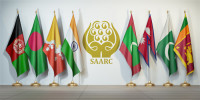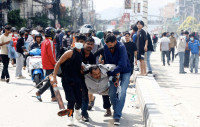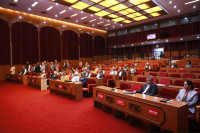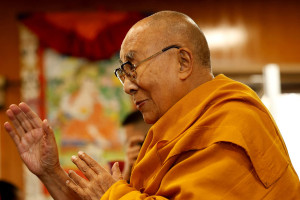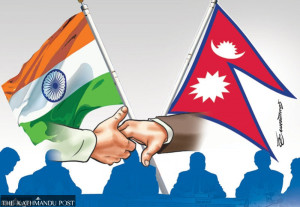Columns
Jimmy Carter’s legacy in Nepal
Carter was a beacon of hope during the country’s tumultuous and suspicion filled conflict period.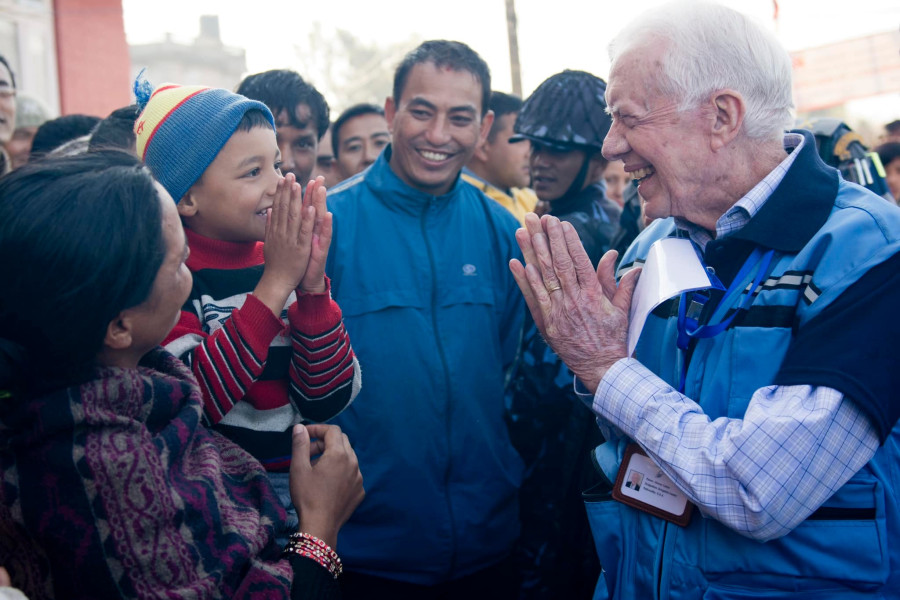
Bhojraj Pokharel & Ghanashyam Ojha
The 39th President of the United States of America, Jimmy Carter, passed away on December 29, 2024. The world mourned the loss of a peace-lover and peace-maker who is remembered for his contributions in several countries across Africa, the Middle East, South and Central Asia, Latin America and Europe.
Carter’s quest for peace and global humanity was fulfilled after he and his wife, Rosalynn Carter, established The Carter Center in 1982. The foundation was born out of his defeat to rival candidate Ronald Regan in the 1980 Presidential election. Through the foundation, he reached out to millions of hearts worldwide.
The Nobel Peace Prize winner of 2002, President Carter had a special affection toward Nepal and the Nepali people. He first visited the country as a trekker in 1985 and stayed with Rosalynn for two weeks. However, he is mostly remembered in Nepal for playing a vital role in transforming the country’s armed conflict through the electoral process in the early 2000s.
Carter risked his reputation when he decided to reach out to the Maoist leaders at a time when the Maoist party was still tagged as a terrorist organisation by the US. The Maoists had just entered the peace process by signing the Comprehensive Peace Agreement (CPA), and they intuitively felt that meeting with the former US President gave their party a recognition of a legitimate political force by the international community. The event also built strong confidence among the Maoists, who were cajoled to stand by the commitments in the CPA firmly. His presence in Nepal’s peace process equally encouraged the parliamentary political parties and made them extremely cautious about their behaviour and actions toward the peace process.
Carter played an instrumental role in ensuring the parliamentary political parties and Maoists had no differences in the electoral system. Although a mixed electoral system was agreed upon and accordingly stated in the interim constitution, the Maoists backed out of it just before the nomination date in September 2008. They demanded a full proportional electoral system as a pre-condition to their participation in the Constituent Assembly (CA) election. They even pulled out of the government to pressurise the parliamentary parties on their demand. The debate delayed the already scheduled CA election date and mounted fear of the peace falling apart.
As Carter had earned huge respect from all the political parties, including the Maoists, he also facilitated reaching an agreement on a suitable alternative within the mixed electoral system. The parliamentary parties and the Maoists later sorted the issue, and the CA election was conducted in April 2008.
The 2008 CA election marks a special importance in Nepal’s peace process. It formalised the agreement reached by the warring parties toward conflict transformation. With the election, the opposing parties entered into a formal peace structure by creating the CA. Yet the election sent shockwaves into cadres and supporters of the parliamentary political parties as the Maoists stood out as the largest political force. The Maoists were taken aback by the election results.
The armed conflict could have easily relapsed if any side had boycotted the electoral verdict. History shows that many countries, such as Kenya, Ethiopia, Cambodia, Guatemala and Eritrea, have fallen back into conflict after the electoral verdict was challenged. Such an attempt could have decimated the fledgling peace.
Anticipating such a risk, even though the election results were not finally announced by the electoral body (Election Commission of Nepal), Carter publicly stated that the CA election was free and fair despite some sporadic violence. Carter faced criticism for making the statement prior to the final election verdict. But he had the premonition that the peace would fall apart and the armed conflict might resume if any party dismissed the electoral verdict. Therefore, he risked his reputation yet again to ensure Nepal’s peace process remained intact.
Even after the 2008 CA election, Carter continued his engagement by monitoring the post-election peace process. The upbeat Maoists had yet to return the seized property; their kangaroo courts were still functioning and the People’s Liberation Army combatants were either in camps or were still roaming around. Carter observed the process of conflict transformation by establishing The Carter Center’s offices in all five development regions. Such monitoring activities were crucial to sustaining peace in the country. The initiative helped expand the democratic space across Nepal and transform the armed conflict.
Now, 15 years later, Nepalis still believe that the peace would not have been as smooth as it was in the absence of the gentleman, Carter.




 7.12°C Kathmandu
7.12°C Kathmandu

